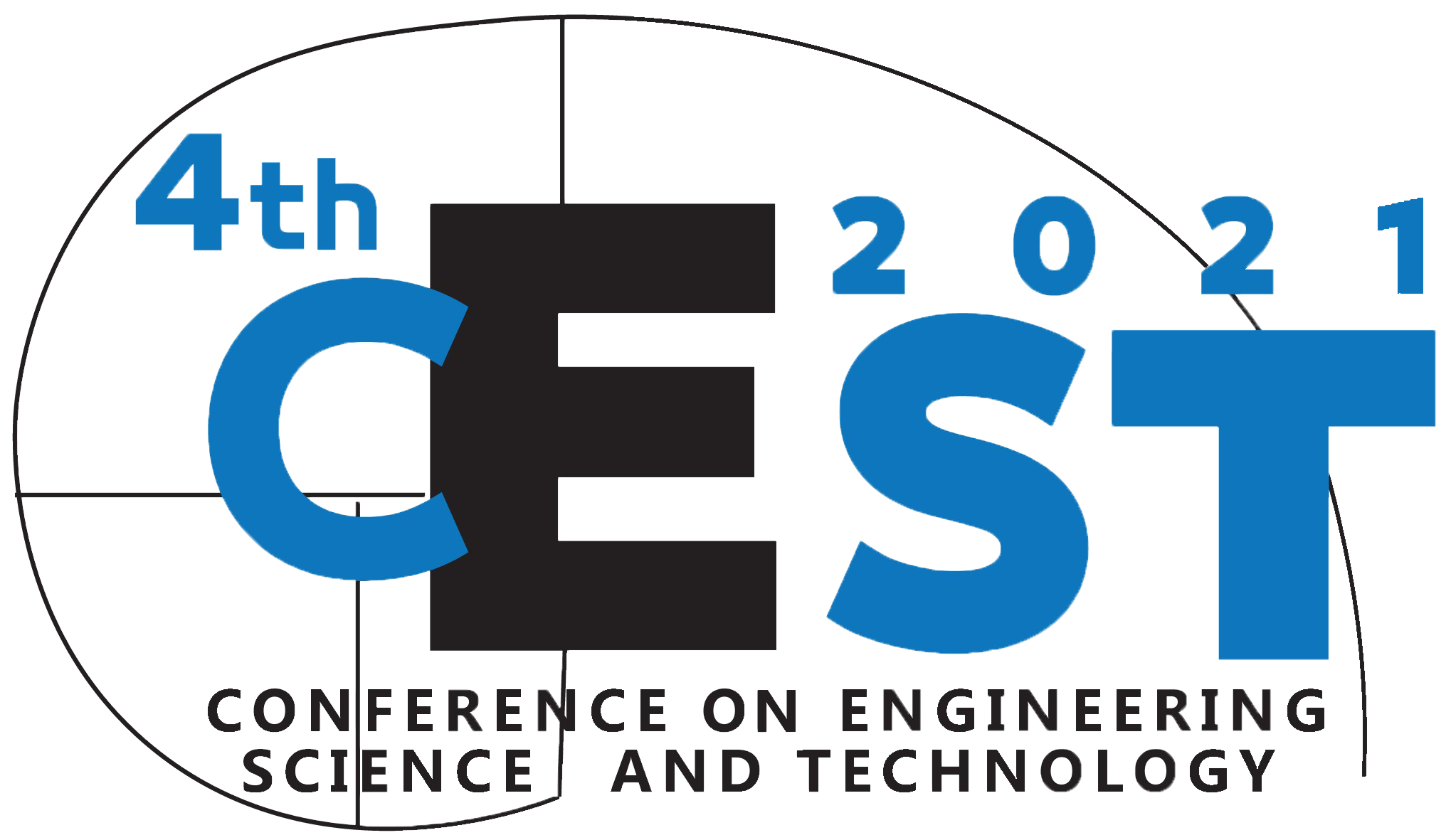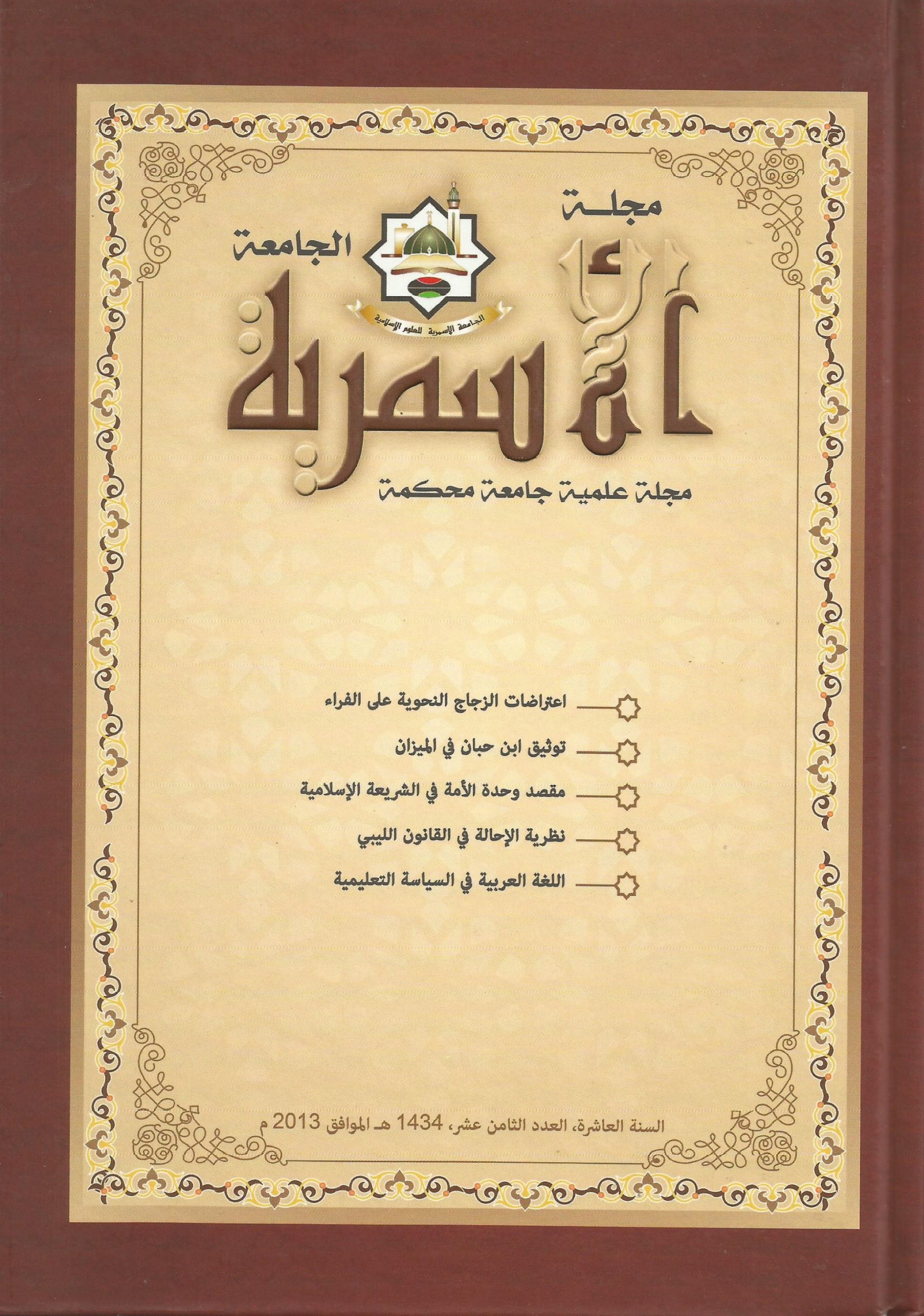التحليل الحسابي للزوجة الذيناميكية للمائع النانوي (ماء+ نحاس) باستخذام المحاكاة لديناميكية الجزيئات
الكلمات المفتاحية:
المائع النانوي (نحاس ماء)،، اللزوجة الديناميكية،، برنامج المحاكاة لامب،، الموائع النانوية،، دراسة ديناميكاالجزيئيةالملخص
لتعزيز الأستفادة المثلي من الطاقة الحرارية للأجهزة الكهربائية الدقيقة ، غدت الموائع النانوية (nanofluids) تستخدم كبديل لموائع التبريد المعتادة في العديد من التطبيقات الهيدروحرارية (thermofluid). فيمكن تحسين الخصائص الحرارية لموائع التشغيل عن طريق إضافة جزيئات نانوية في مائع التشغيل (مثل إضافة جزيئات النحاس النانوية في الماء). تسهم إضافة الجسيمات النانوية في تغيير الخصائص الحرارية والديناميكية لموائع التشغيل مثل اللزوجة الديناميكية التي تلعب دورًا مهمًا في تحديد السلوك الحراري والديناميكي لموائع التشغيل. لفهم تأثير التغيرات باللزوجة الديناميكية لمائع التشغيل ، يجب تحديد القيمة الفعالة لهذه الخاصية. تم استخدام المحاكاة لديناميكية الجزيئات (Molecular Dynamic Simulation) لتقدير اللزوجة الديناميكية للمائع النانوي المنشاء من نثر جزيئات النحاس في الماء (Cu/water) بكسور حجم جزئية ϕ= 0.0125% و ϕ= 0.0247% ,وعند درجات حرارة 293 كلفن, 303 كلفن, 313 كلفن, 323 كلفن,و 333 كلفن. تتكون الجسيمات النانوية المستخدمة(nanoparticles) ذات الشكل الكروي من ذرات (atoms) نحاس قطرها 0.3 نانومتر. تمت مقارنة نتائج المحاكاة مع نتائج تجريبية (experiments) وتحليلية (analytic) موثوقة. نتائج المحاكاة تقاربت بشكل جيد جدًا مع القيم التجريبية والتحليلية للزوجة الديناميكية ، وذلك يبين مزايا استخدام المحاكاة لديناميكية الجزيئات (MD) لتحديد الخصائص الفيزيائية لموائع التشغيل النانوية وبالتالي لتصميم موائع تشغيل أكثر كفاءة. بدراسة لدالة التوزيع الشعاعي RDF نجد أن نموذج الماء المستخدم SPCE يعطي نتائج مقبولة لعدد جزيئات الماء المستخدمة.
التنزيلات
المراجع
Okonkwo, E.C., Abbasoglu, S. et al. Nanofluids in Solar Thermal Collectors: Review and Limitations. Int J Thermophys 41, 157 (2020). https://doi.org/10.1007/s10765-020-02737-1
Jin C, Wang K, Oppong-Gyebi A, Hu J. Application of Nanotechnology in Cancer Diagnosis and Therapy - A Mini-Review. Int J Med Sci. 2020;17(18):2964-2973, (2020), https://doi:10.7150/ijms.49801
Rabiei, F., Rahimi, A.R., Hadad, M.J. et al. Experimental evaluation of coolant-lubricant properties of nanofluids in ultrasonic assistant MQL grinding. Int J Adv Manuf Technol 93, 3935–3953 (2017). https://doi.org/10.1007/s00170-017-0774-3
Xian, H.W., Sidik, N.A.C. & Najafi, G. Recent state of nanofluid in automobile cooling systems. J Therm Anal Calorim 135, 981–1008 (2019). https://doi.org/10.1007/s10973-018-7477-3
Sheikhpour M, Arabi M, Kasaeian A, Rokn Rabei A, Taherian Z. Role of Nanofluids in Drug Delivery and Biomedical Technology: Methods and Applications. Nanotechnol Sci Appl. 2020;13:47-59, (2020), https://doi:10.2147/NSA.S260374
Naser Ali, Joao A. Teixeira, Abdulmajid Addali, "A Review on Nanofluids: Fabrication, Stability, and Thermophysical Properties", Journal of Nanomaterials, vol. 2018, Article ID 6978130, 33 pages, 2018. https://doi.org/10.1155/2018/6978130
Routbort, J. L., Singh, D., Timofeeva, E. V., Yu, W., & France, D. M. (2011). Pumping power of nanofluids in a flowing system. Journal of Nanoparticle Research, 13(3), 931–937. https://doi:10.1007/s11051-010-0197-7
Eastman, J., Choi, U., Li, S., Thompson, L., & Lee, S. (1996). Enhanced Thermal Conductivity through the Development of Nanofluids. MRS Proceedings, 457, 3. https://doi:10.1557/PROC-457-3
Talieh Sheikhalipour, Abbas Abbassi, Numerical analysis of nanofluid flow inside a trapezoidal microchannel using different approaches, Advanced Powder Technology, Volume 29, Issue 7, 2018, Pages 1749-1757, ISSN 0921-8831, https://doi.org/10.1016/j.apt.2018.04.010
Sunil Kumar, Alok Darshan Kothiyal, Mangal Singh Bisht, Anil Kumar, Numerical analysis of thermal hydraulic performance of Al2O3–H2O nanofluid flowing through a protrusion obstacles square mini channel, Case Studies in Thermal Engineering, Volume 9, 2017, Pages 108-121, ISSN 2214-157X, https://doi.org/10.1016/j.csite.2017.01.004
Abdusalam Alkhwaji, Salem Elbahloul, Mohd Zulkifly Abdullah, Khairil Fadzli Bin Abu Bakar,"Selected Water Thermal Properties from Molecular Dynamics for Engineering Purposes",Journal of Molecular Liquids (2021), https://doi.org/10.1016/j.molliq.2020.114703
LI Xinfang,ZHU Dongsheng,WANG Xianju,” Experimental Investigation on Viscosity of Cu-H2O Nanofluids”,
Choi S.U.S., Development and Applications of Non-Newtonian Flows, ASME, FED-Vol. 231/MD-Vol. 66, 99-103 (1995)
S. Lee, S.U.S.Choi, S. Li, J.A. Eastman, “Measuring thermal conductivity of fluids containing oxide nanoparticles”, Journal of Heat Transfer, Transactions ASME 121, 280–289, 1999.
Mahbubul, I. M., Saidur, R., & Amalina, M. A. (2012). Latest developments on the viscosity of nanofluids, International Journal of Heat and Mass Transfer, 55(4), 874–885. doi:10.1016/j.ijheatmasstrans
Nguyen, C. T., Desgranges, F., Roy, G., Galanis, N., Maré, T., Boucher, S., & Angue Mintsa, H. (2007). Temperature and particle-size dependent viscosity data for water-based nanofluids – Hysteresis phenomenon, International Journal of heat and fluid flow, 28(6), 1492–1506. https://doi:10.1016/j.ijheatfluidflow
Wu, X., Wu, H., & Cheng, P. (2009). Pressure drop and heat transfer of Al2O3-H2O nanofluids through silicon microchannels, Journal of micromechanics and microengineering, 19(10), 105020. https://doi:10.1088/0960-1317/19/10/105020
Awais, M., Ullah, N., Ahmad, J., Sikandar, F., Ehsan, M. M., Salehin, S., & Bhuiyan, A. A. (2021). Heat transfer and pressure drop performance of Nanofluid: A state-of- the-art review. International Journal of Thermofluids, 9, 100065, https://doi:10.1016/j.ijft.2021.100065
Drikakis, D., Frank, M., & Tabor, G. (2019). Multiscale Computational Fluid Dynamics. Energies, 12(17), 3272. https://doi:10.3390/en12173272
Cordier L., Elshrif A. Optimal control of turbulent channel flow using an LES reduced order model, Seventh International Symposium on Turbulence and Shear Flow Phenomena, Ottawa, Canada, 2001.
Hazm Omran, El shrif Ali , Turbulent channel flow simulation using LES dynamic model , IJEIT, vol(5) , 2018.
Alkhwaji A, Vick B, Diller T. Estimating burn depth from thermal measurements. Biomedical Sciences Instrumentation 2012; 48:12-9. PMID: 22846259.
Abdusalam Alkhwaji, Brian Vick, Tom Diller, “Modeling and Estimating Simulated Burn Depth Using the Perfusion and Thermal Resistance Probe,” Journal of Medical Device, Vol.7, September 2013, 031003, pp. 1-9, https://doi.org/10.1115/1.4024160
Moltemplate molecular dynamics simulator; [accessed 2021 November 17]. Available from: https://www.moltemplate.org, 2019.
Moltemplate Documentation, 17 Nov. 2021, [https://www.moltemplate.org/doc/moltemplate_manual.pdf ]
M.A. González, Force fields and molecular dynamics simulations, published by EDP Sciences, 2011, https://doi:10.1051/sfn/201112009
LAMMPS Documentation, 17 November 2021 version, [https://lammps.sandia.gov/doc/Manual.html]
Abdusalam Alkhwaji, Salem Elbahloul, Khairil Fadzli Bin Abu Bakar, Mohd Zulkifly Abdullah, The Comparison between water models in predicting water thermal and dynamic properties from Molecular Dynamics, International Journal of Scientific & Technology Research, Volume 9, Issue 08, August 2020
Abdusalam Alkhwaji, Salem Elbahloul, Mohamed S. Farhat, Lammps as Nano-scale lab to estimate fluid thermal properties from Molecular Dynamics, Third conference for engineering sciences and technology (CEST-2020), 01-03 December 2020 /Alkhoms – Libya.
EAM potentials Cu; [accessed 2021 November 17]. Available from: [https://sites.google.com/site/eampotentials/Cu]
W H Azmi et al, Correlations for thermal conductivity and viscosity of water based nanofluids, 2012 IOP Conf. Ser.: Mater. Sci. Eng. 36 012029
Wilk, J., Smusz, R., & Grosicki, S. (2017). Thermophysical properties of water-based Cu nanofluid used in special type of coil heat exchanger. Applied Thermal Engineering, 127.
التنزيلات
منشور
إصدار
القسم
الرخصة
الحقوق الفكرية (c) 2021 عبدالسلام امحمد القهواجي، علي محمد الشريف، عبدالسلام مفتاح شرف، موحد زولكفلي عبدالله

هذا العمل مرخص بموجب Creative Commons Attribution 4.0 International License.





